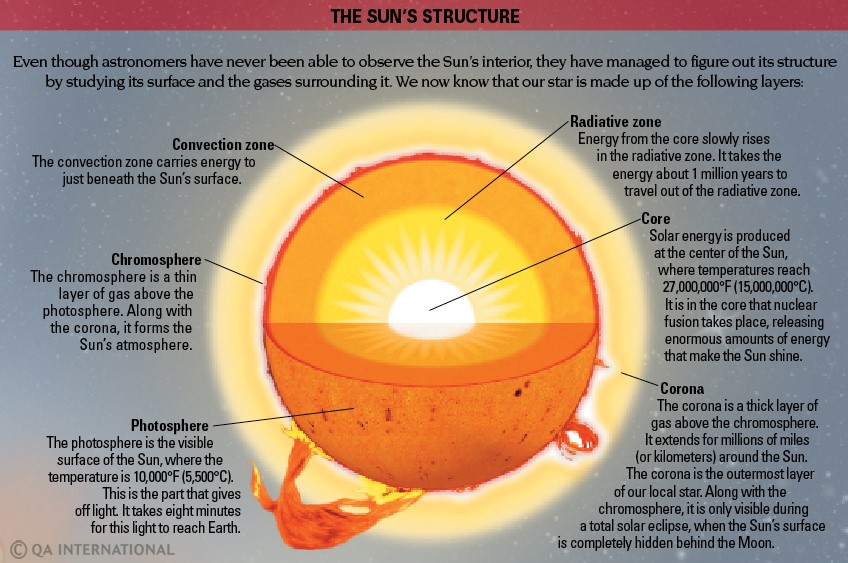Free Courses Sale ends Soon, Get It Now


Free Courses Sale ends Soon, Get It Now



Disclaimer: Copyright infringement not intended.
Context:
About Aditya L-1:
Objective of Aditya L-1 Mission:

Placing of the Spacecraft
|
Lagrange Points – Spots beyond the High Earth Orbits Other orbital “sweet spots,” just beyond high Earth orbit, are the Lagrange points. At the Lagrange points, the pull of gravity from the Earth cancels out the pull of gravity from the Sun. Anything placed at these points will feel equally pulled toward the Earth and the Sun and will revolve with the Earth around the Sun.
Of the five Lagrange points in the Sun-Earth system, only the last two, called L4 and L5, are stable. A satellite at the other three points is like a ball balanced at the peak of a steep hill: any slight perturbation will push the satellite out of the Lagrange point like the ball rolling down the hill. Satellites at these three points need constant adjustments to stay balanced and in place. L-1 The first Lagrange point is located between the Earth and the Sun, giving satellites at this point a constant view of the Sun. The Solar and Heliospheric Observatory (SOHO), a NASA and European Space Agency satellite which is tasked to monitor the Sun, orbits the first Lagrange point, about 1.5 million kilometers away from Earth. L-2 The second Lagrange point is about the same distance from the Earth, but is located behind the Earth. Earth is always between the second Lagrange point and the Sun. Since the Sun and Earth are in a single line, satellites at this location only need one heat shield to block heat and light from the Sun and Earth. It is a good location for space telescopes. L-3 The third Lagrange point is opposite the Earth on the other side of the Sun so that the Sun is always between it and Earth. A satellite in this position would not be able to communicate with Earth. The extremely stable fourth and fifth Lagrange points are in Earth’s orbital path around the Sun, 60 degrees ahead of and behind Earth.
Lagrange points are special locations where a satellite will stay stationary relative to the Earth as the satellite and the Earth revolve around the Sun. L1 and L2 are positioned above the day and night sides of the Earth, respectively. L3 is on the other side of the Sun, opposite the Earth. L4 and L5 are 60° ahead and behind the Earth in the same orbit. |
Read about orbits: https://www.iasgyan.in/blogs/types-of-orbits-explained
Payloads:
The complete list of payloads, their science objective and lead institute for developing the payload is provided below:
Significance:
© 2024 iasgyan. All right reserved